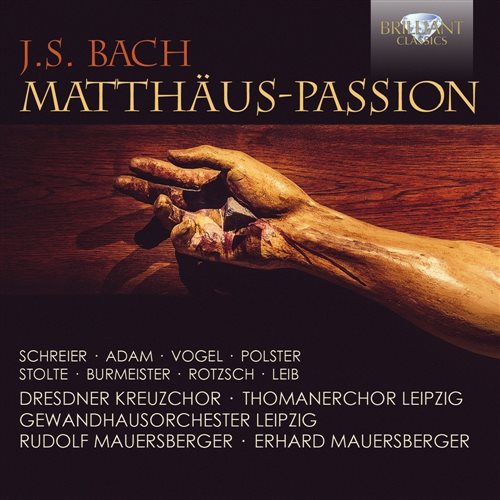J.S. Bachs great passion was like nothing the city of Leipzig had seen before: composed on a vast scale with two choirs and a doubled orchestra, its large canvas and dramatic nature was a great contrast to the simple chanted passions of the previous decade. Tradition dictated that the musical Passion was performed during the vesper service on the afternoon of Good Friday, and Bachs setting from St Matthews Gospel followed his own St John Passion from two years earlier as well as an impressive legacy of Passion settings written by previous cantors.The year of its premiere cannot be established with complete certainty: while 1729 was the accepted date for many years, it is now widely thought that the work must have been first performed in the Thomaskirche in 1727. The Leipzig-based poet known as Picander was responsible for dividing the words of the Gospel into 15 acts based on the progress of events, and rounded off each set with a meditation. One might easily believe at first sight that the focus is on the original biblical text, but Bachs musical setting shifts the centre of gravity towards the poets insertions in which the daughter of Zion, Mary and the faithful soul add a contemplative aspect. Bach sets these texts in a variety of forms, not only through the use of recitative and aria movements (borrowed from the operatic world), but also through the extensive use of chorales (with which the congregation may have joined in) as well as polyphonic choruses sung by the choir.This historic recording marks the artistic peak of two choral legends of the past century: Rudolf Mauersberger, who was director of the Dresden Kreuzchor, and his brother Erhard, the fourteenth Kantor of the Thomanerchor of Leipzig since the great composer himself, who occupied the same role. Here they join forces with renowned soloists, including the highly esteemed tenor Peter Schreier in the role of Evangelist, to perform Bachs masterpiece. Following its initial release in 1975, Gramophone reviewed the recording favorably: the excellence of soloists, choir and obbligato instrumentalists (a superb gamba and oboe da caccia) and, above all, the profound understanding shown by the conductor, make this a most moving interpretation.












